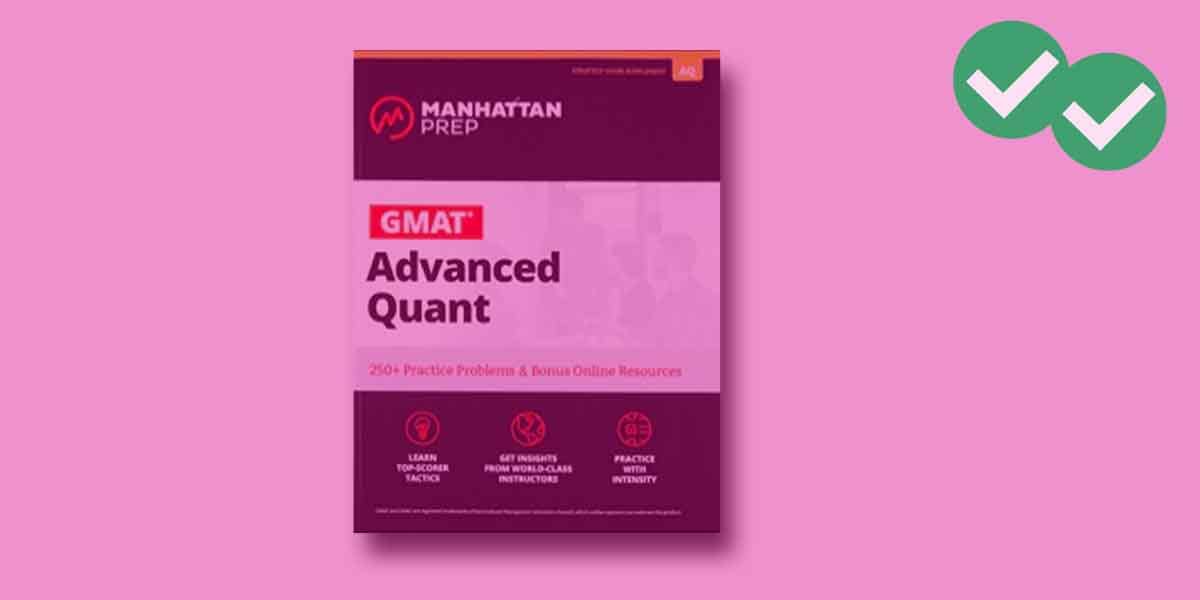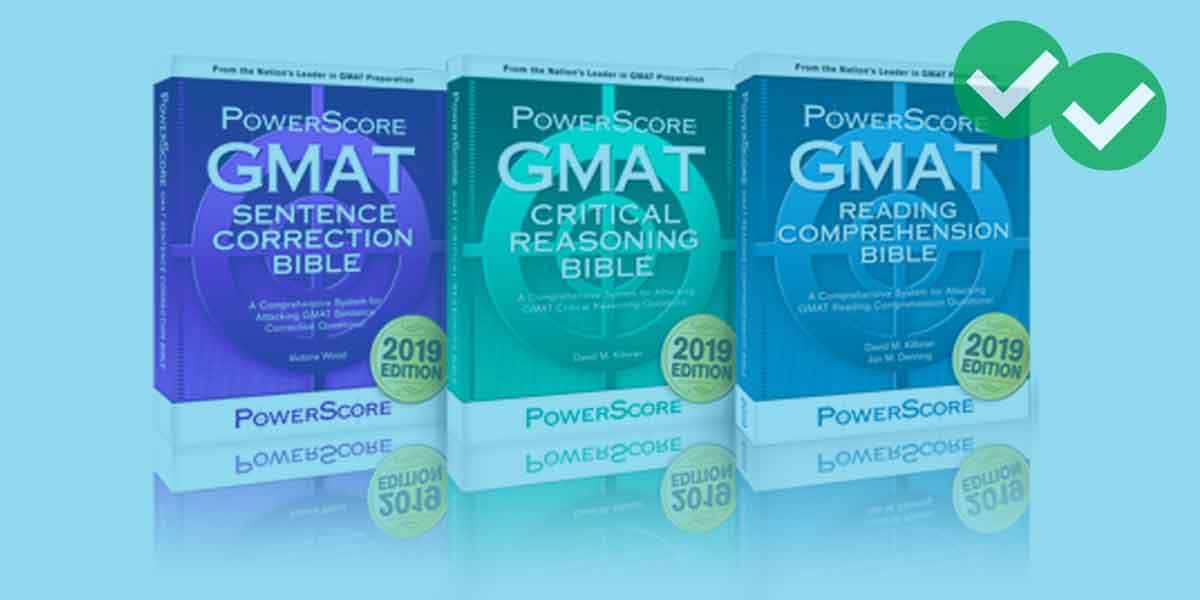Overview
If you are starting your studying from Square One, and someone gives you this book for free, then it could serve as a rudimentary start. Don’t spend any money on this book, and for heaven’s sake, do not make this book the sole basis for your studying for the GMAT!
This book is in love with its “plans” (“4 Step Plan for”, “5 Step Plan for”). These may look slick, but in general, these “plans” are generic and shallow, and don’t even begin to account for the nuance that appears on the GMAT.
Introductory Sections
Here, I will say: Peterson’s doesn’t drop the ball. In the first 28 pages, they do a perfectly adequate job of introducing the overall strategies, the nature of the CAT, etc. Nothing earth-shaking here, but if you are absolutely brand new to studying for the GMAT, unaware of the hundreds of tips on this blog, then what they have to say would be helpful to you.
Integrated Reasoning
The number of questions and the order they lay out is different from what I experienced when I took my GMAT. When they explain the 2PA questions, I would say they don’t do enough to emphasize the wide variety of formats this question can talk: I discuss this in depth in our IR eBook. They also don’t contain nearly enough instruction on reading various kinds of graphs for folks for whom graphs don’t come naturally. The IR section as a whole accounts for 24 pages of the 800 page book.
Quantitative
I am not impressed either with the questions or with the quality of the instruction. Many of the questions seems to involve more complicated calculations than the GMAT would ask you to do. Frankly, many of them seem as if they were written with a calculator in mind, and of course, there’s no calculator on the Quantitative section. Some seem to center on what I would call “math trivia”: knowing some highly specialized rule or condition which is, in and of itself, relatively unlikely to appear on the GMAT. Peterson’s specialize in the picayune, whereas the GMAT specializes in the elegant: that is a profound gulf in perspectives between the two.
Their math instruction is generic, akin to the way that a stereotypical Algebra Two teacher might teach this material. They omit several helpful strategies and math tricks relevant to the GMAT, and few important topics — like counting problems — are not even mentioned. They list facts, emphasizing memorization, but they say very little about common math mistakes to avoid. They cover a great amount of detail on a few advanced topics that are rarely discussed on the GMAT. Geometric series? Really? How is someone just beginning their math study to know that this is a wildly unlikely topic?
I would say this book particularly falls down on Data Sufficiency. In many cases, they show a complicated algebraic “solution” to a DS question, rather than demonstrating a much more elegant route to the answer, a route that avoids over-calculation. Even though they warn you against over-calculation on the DS, they model it! They rely very heavily on algebraic solutions — again, as you would expect your Algebra Two teacher would — while ignoring more intuitive shortcuts.
Verbal
In the Critical Reasoning chapter, their approach is very formulaic. They spend a great deal of energy going into formal logic, which is not what you need on the GMAT. They don’t say anything about crucial issues like tone. The CR questions in this book are also typically formulaic, and do not reflect the full breadth of GMAT Critical Reasoning Questions.
In the whopping 30 pages they spend on Sentence Correction, they attempt to cover all of English grammar (often covering several points of grammar that are never tested on the GMAT SC!) If you only need the lightest refresher on grammar, perhaps this book would be suitable, but if you actually need to learn grammar, this is definitely not the book for you. Curiously, they don’t talk about idioms at all! The book concludes with a vocabulary list (much more relevant for the GRE than for the GMAT), yet they completely ignore idioms! Do they know what test this is? Their SC questions are abysmal, often containing poor grammatical form that the GMAT itself would never use; these questions in no way reflect either the variety or the level of difficulty of the GMAT SC.
The Reading Comprehension section is perhaps the least egregious of the three Verbal sections in this book. Again, they are very formulaic in their approach, and their passages are unusually dense with detail, much more so than GMAT RC passages. I love to learn, so I usually enjoy reading, say the RC passages in the OG, but these passages are simply annoyingly over-packed with detail. Strangely enough, this book totally ignores the issue of author’s tone, which of course is a common GMAT concern on Reading Comprehension.
Pros:
= the first chapter, about the basics of the GMAT, is OK, minimally adequate for someone just starting out
Cons:
= In many ways, the questions on this book will not prepare you for what you will see on test day.
= If you actually need a reliable guide for what math or what grammar is actually tested on the GMAT, this book will lead you astray.
Grade: D-





